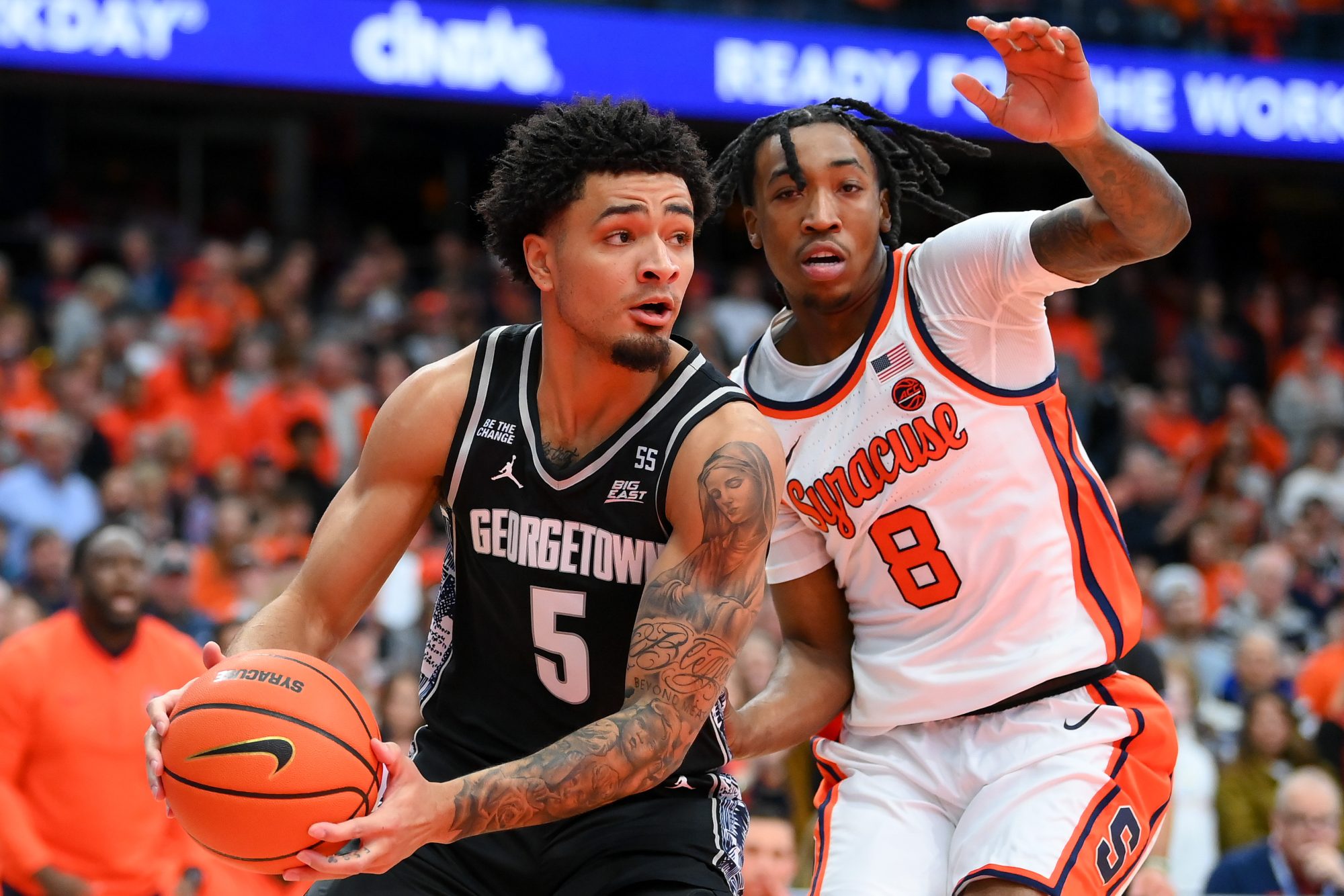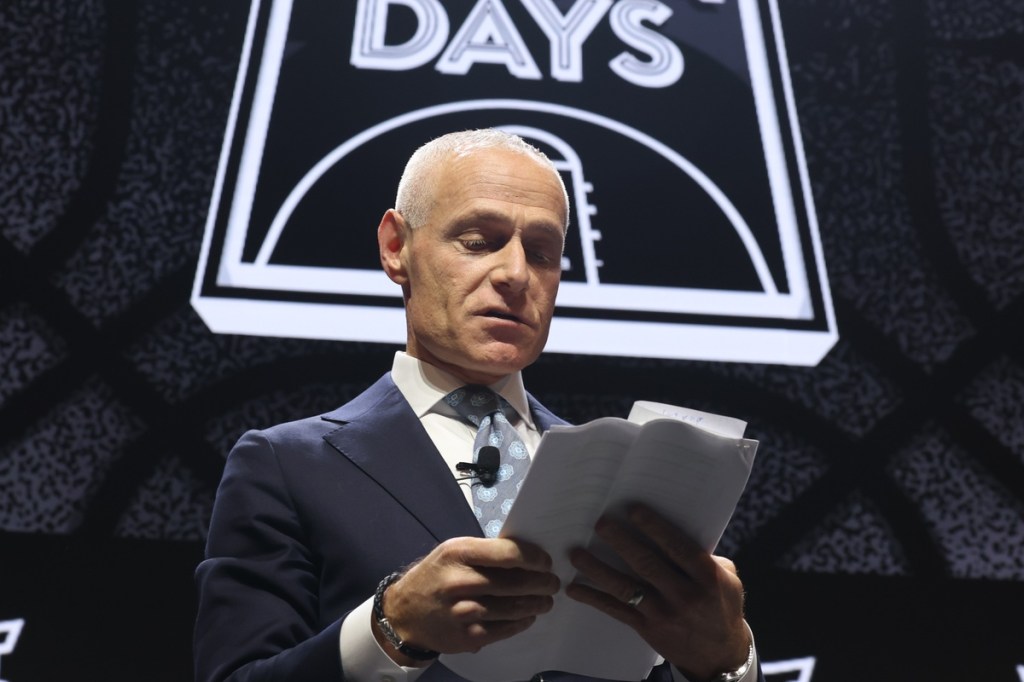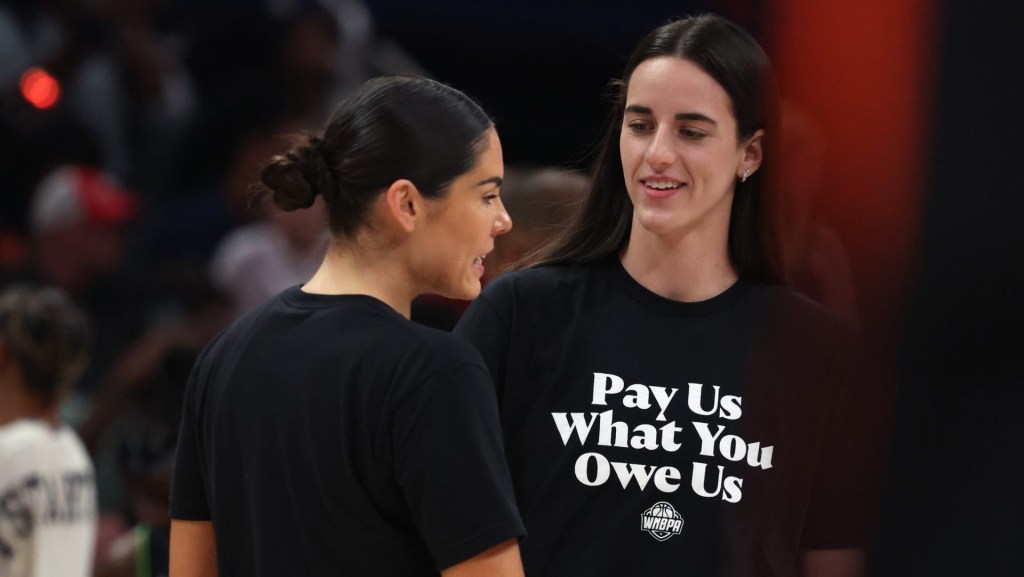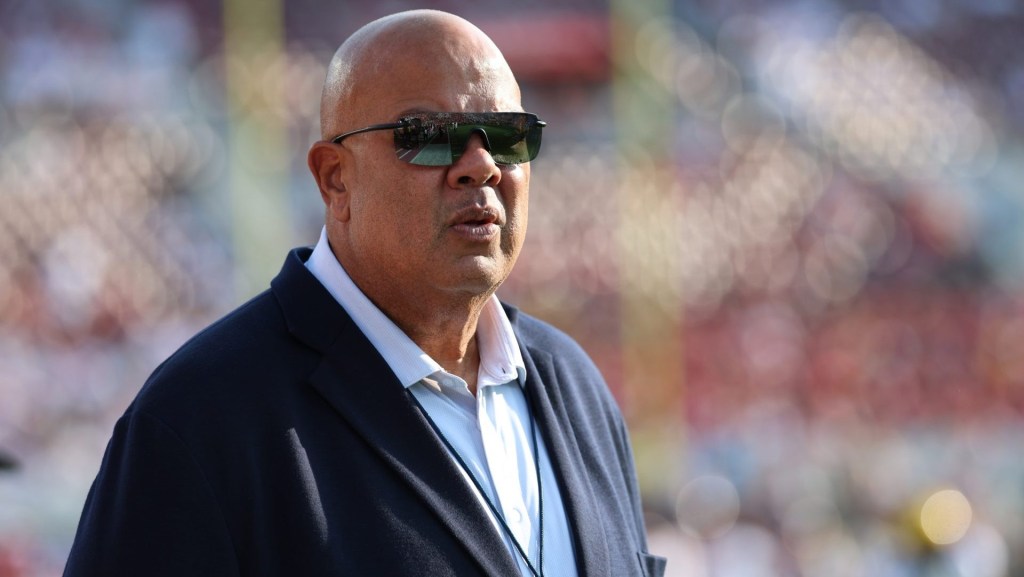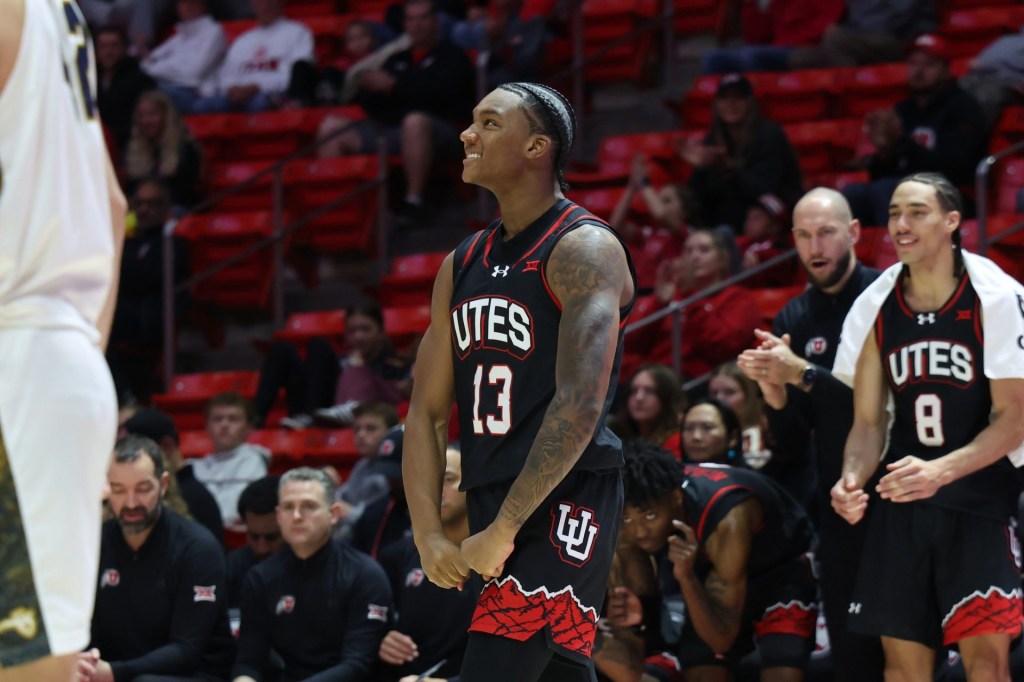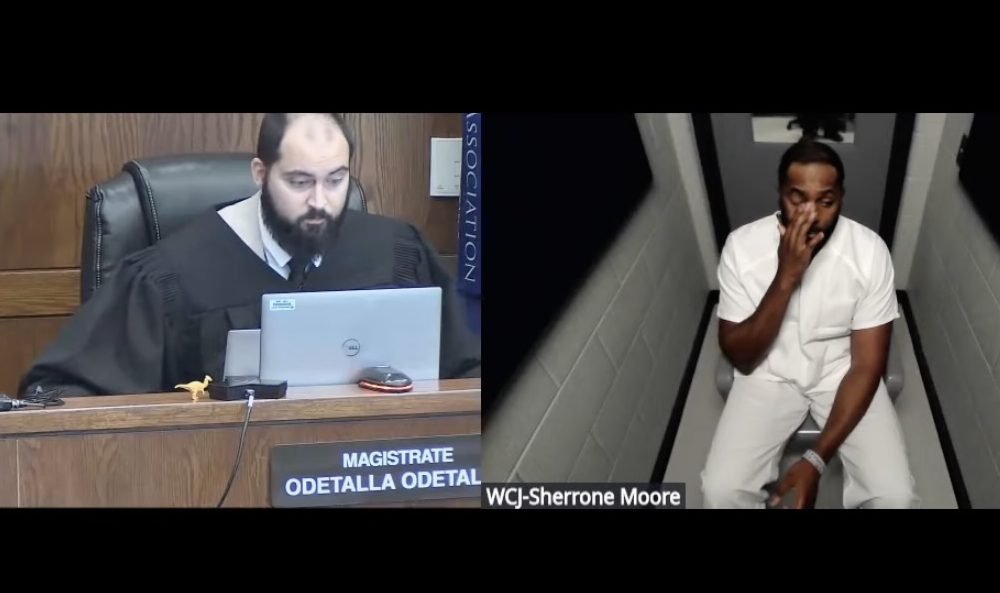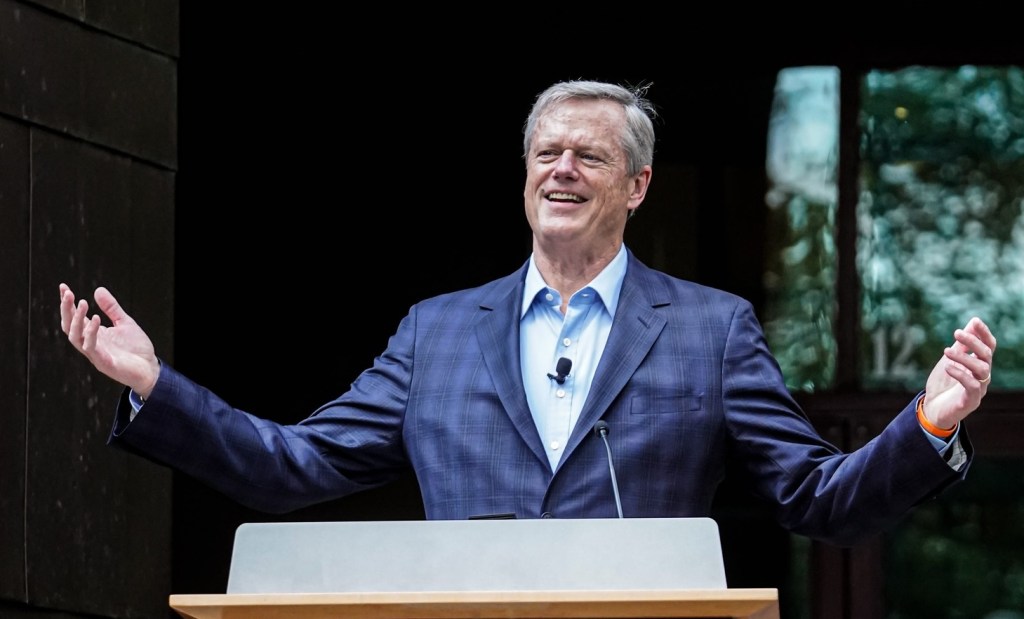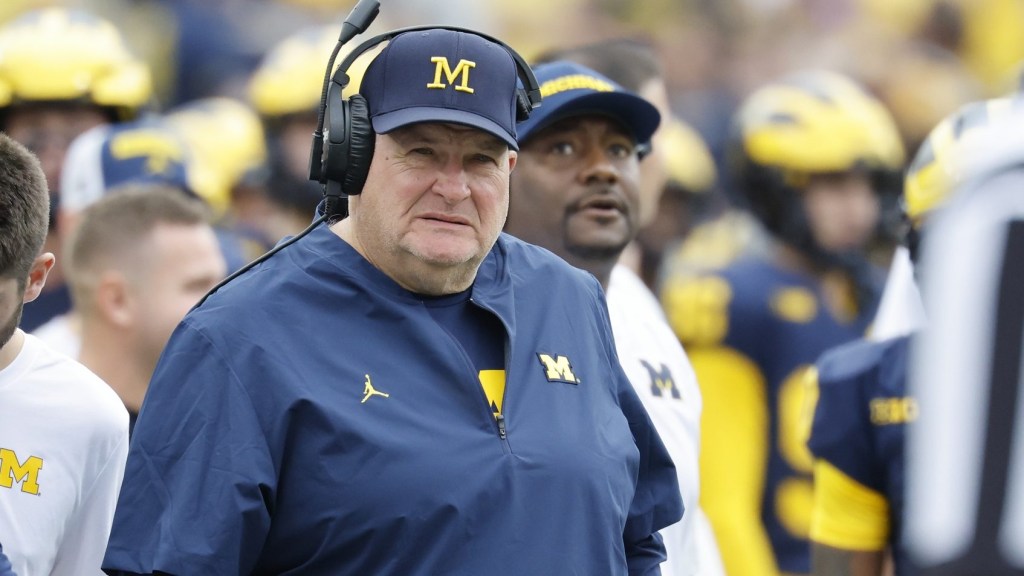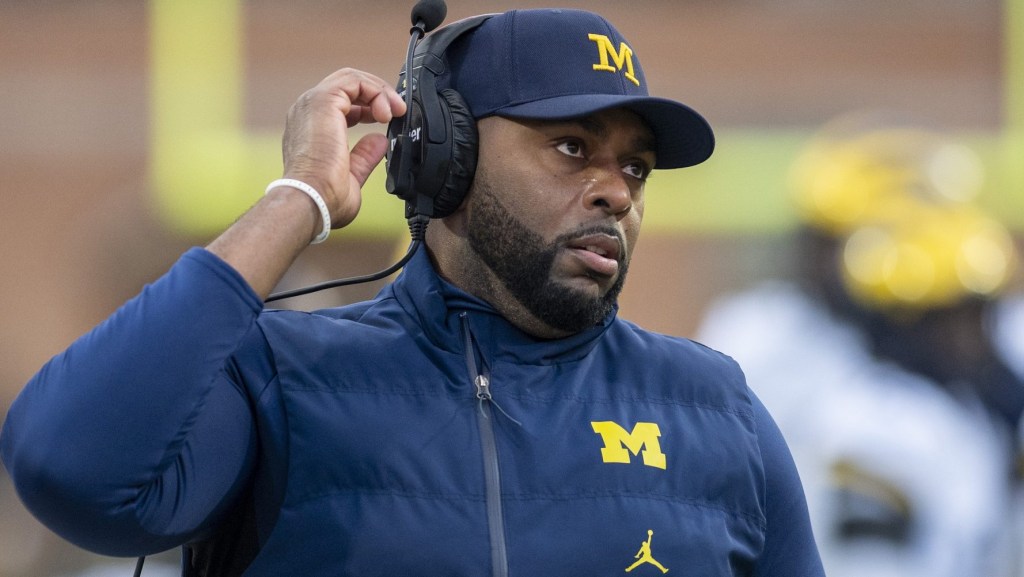Former Duke men’s basketball coach Mike Krzyzewski and current St. John’s coach Rick Pitino both recently suggested a conference merger between the Big East and ACC. This weekend, Big East commissioner Val Ackerman addressed the concept, saying she “appreciated” the comments and that she’s open to a conversation.
“When you’ve got two Hall of Famers opining about, not only the history of college basketball but the future of college basketball, you have to listen,” she told Puck Sunday. “I take very seriously any idea around the future of college basketball, what it means for the Big East, what the Big East should be doing.”
Ackerman added that she has “great respect” for ACC Commissioner Jim Phillips, and that conversations have taken place about basketball “as football interests continue to dominate much of the headlines and much of the bandwidth of the leagues that we consider peer conferences.” (A representative for the ACC did not immediately respond to a request for comment.)
While the idea is gaining momentum, it wouldn’t be without significant contractual hurdles from a media rights standpoint.
This past summer, the Big East inked a six-year deal with Fox, NBC, and TNT that runs until 2031. The ACC, meanwhile, is locked into an exclusive media deal with ESPN until 2036.
In order for a merger to take place before 2036, all four media partners, along with the two conferences, would likely have to unravel their current contracts and engineer new ones. It’s a much more complicated process than simply adding an expansion team to an existing deal.
The relationships get even more interesting when considering that ESPN and the Big East, longtime partners, haven’t worked together in over 10 years. (A representative for ESPN declined to comment on the merger concept.)
The merger could be mutually beneficial, especially given that the ACC boasts traditional college basketball blue-bloods in addition to its power conference football status. ACC schools may see a benefit to breaking with the existing ESPN contract to create a new league—after all, the current deal drew criticism for locking the conference into a deal that would be outpaced by the SEC and Big Ten in the next few years. (The ACC is also embroiled in litigation with Clemson and FSU over the possibility that the two might be able to break that contract early. The ACC could either lose the schools in their next moves or convince them to stay.)
But while Big East schools would almost definitely earn more media rights dollars from an ACC merger (they’ll be making less than $10 million per school per year), it’s unclear if ACC schools would have a similar opportunity. The ESPN deal pays around $30 million annually to each school; ACC schools were concerned in the previous round of expansion that adding conference members deludes each school’s share.
The Big East has only one FBS football-playing member in UConn. The last time the league had several FBS football-playing schools, it became the victim of conference realignment. In 2013, for example, it lost Syracuse to…the ACC.
For now, Ackerman appears interested in less drastic measures that could be accomplished within the next decade. For years, major basketball conferences have engaged in early-season “conference challenges,” where each team from one conference gets matched up with a competitor from the corresponding conference. This season, the ACC engaged in this setup with the SEC, and the Big East has one with the Big 12. Ackerman suggested that those types of partnerships are on the table.
There are season-long scheduling partnership options too, which have become increasingly popular over the last couple years, given that they allow for increased revenue with high-profile matchups but don’t necessarily require completely new media deals. For the 2024 season, the Mountain West and Pac-12 engineered a football scheduling partnership, and the Big Ten and SEC have had meetings to consider a similar approach.
“We’ve got some related ideas that we’re hatching here about alliances,” Ackerman said, “about who we should be working with as we look to secure not only the future of the Big East, but the future of college basketball.”
